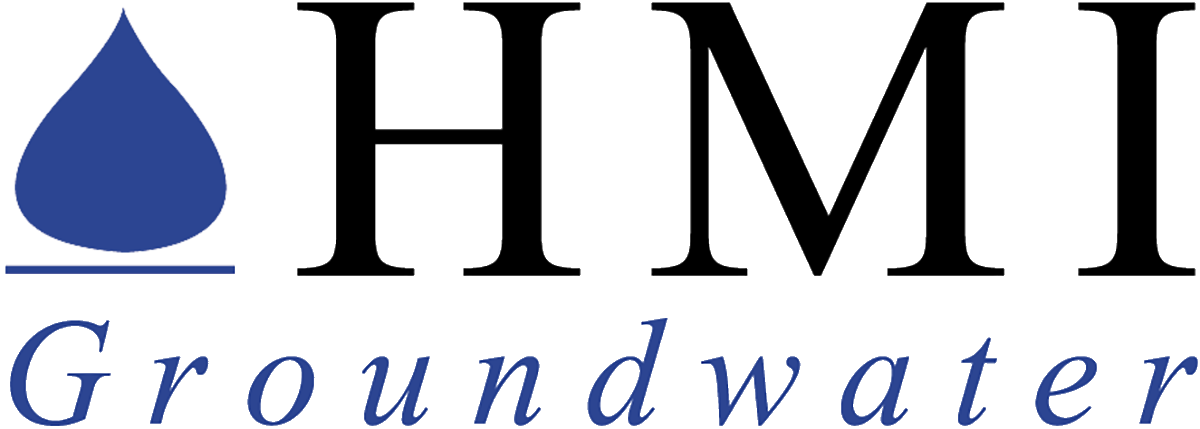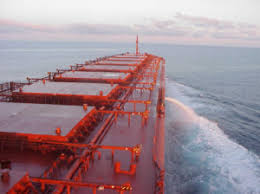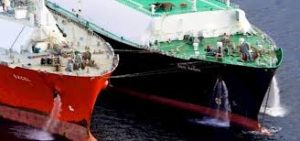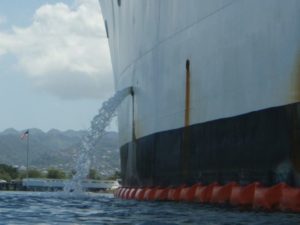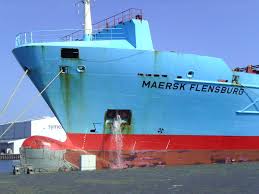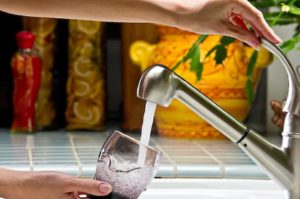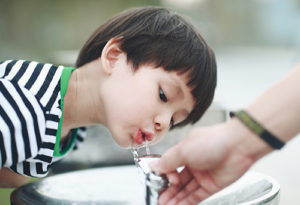Across the globe, 2 out of 10 people do not have access to safe drinking water, and in the U.S., many states face water shortages and droughts. Meanwhile, reports Robert Glennon in Unquenchable: America’s Water Crisis and What to Do About It, Americans use 24 gallons of water each day to flush their toilets—approximately 5.8 billion gallons. What a waste! As the global population continues to grow and climate change results in more water crises, where will we find enough water to meet our needs?
In the U.S., we spend billions of dollars treating water to drinking water quality when we use only 10% of it for drinking and cooking, then flush most of the rest down the toilet or drain. So the growing use of recycled wastewater for irrigation, landscaping, industry and toilet flushing, is a good way to conserve our fresh water resources. Recycled water is also used to replenish sensitive ecosystems where wildlife, fish and plants are left vulnerable when water is diverted for urban or rural needs. In coastal areas, recycled water helps recharge groundwater aquifers to prevent the intrusion of saltwater, which occurs when groundwater has been over pumped.
